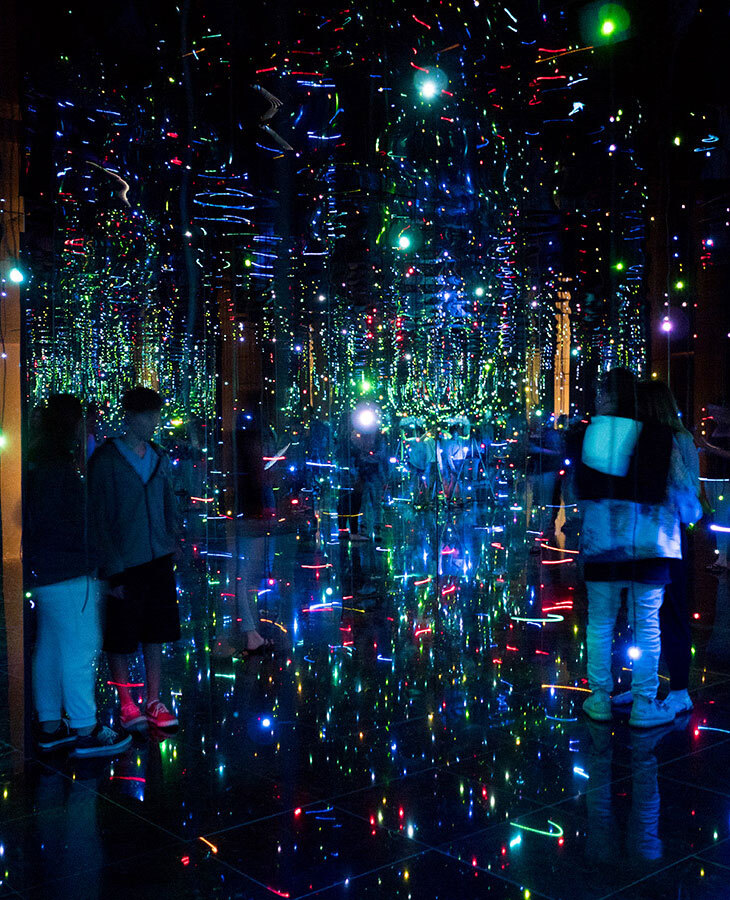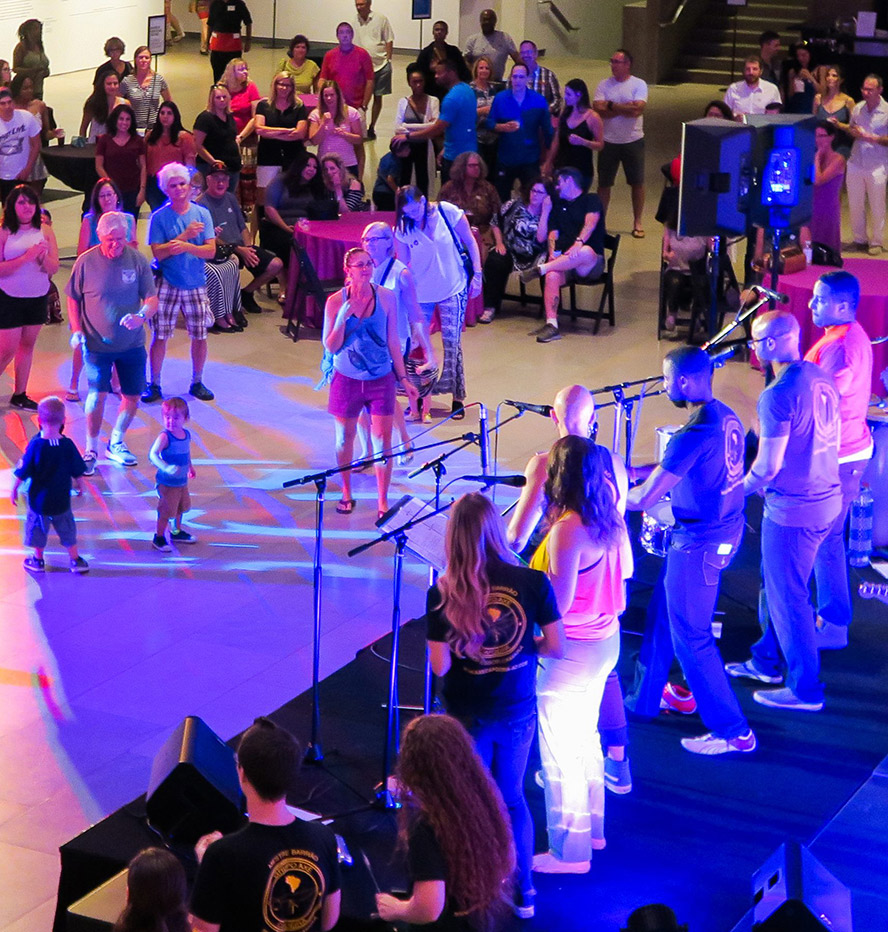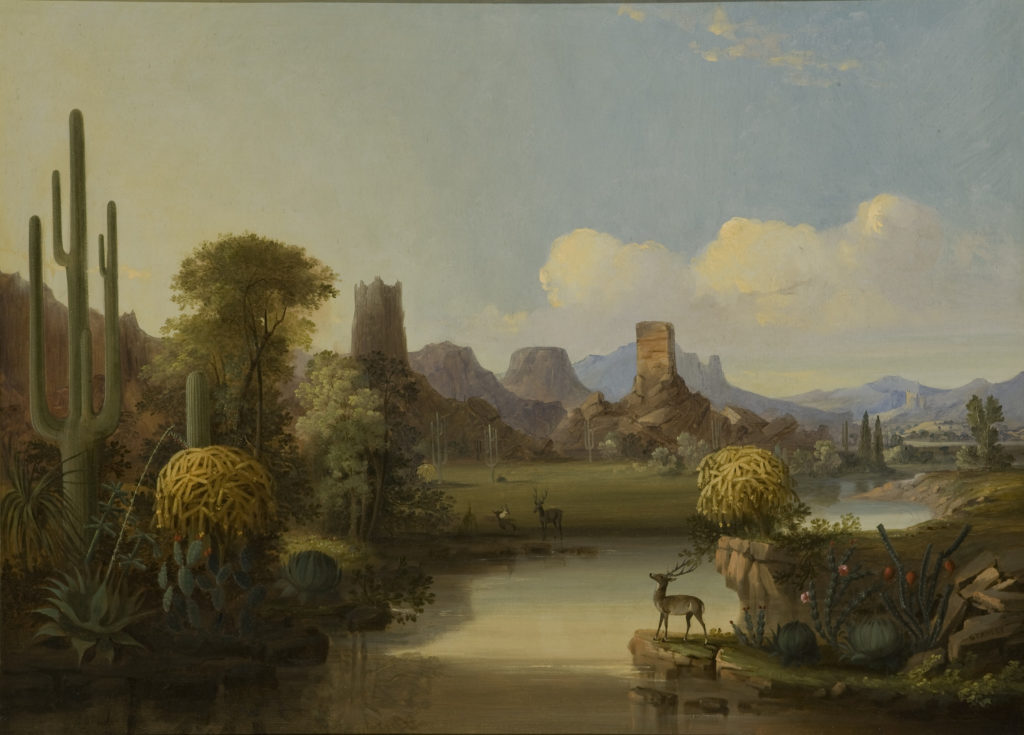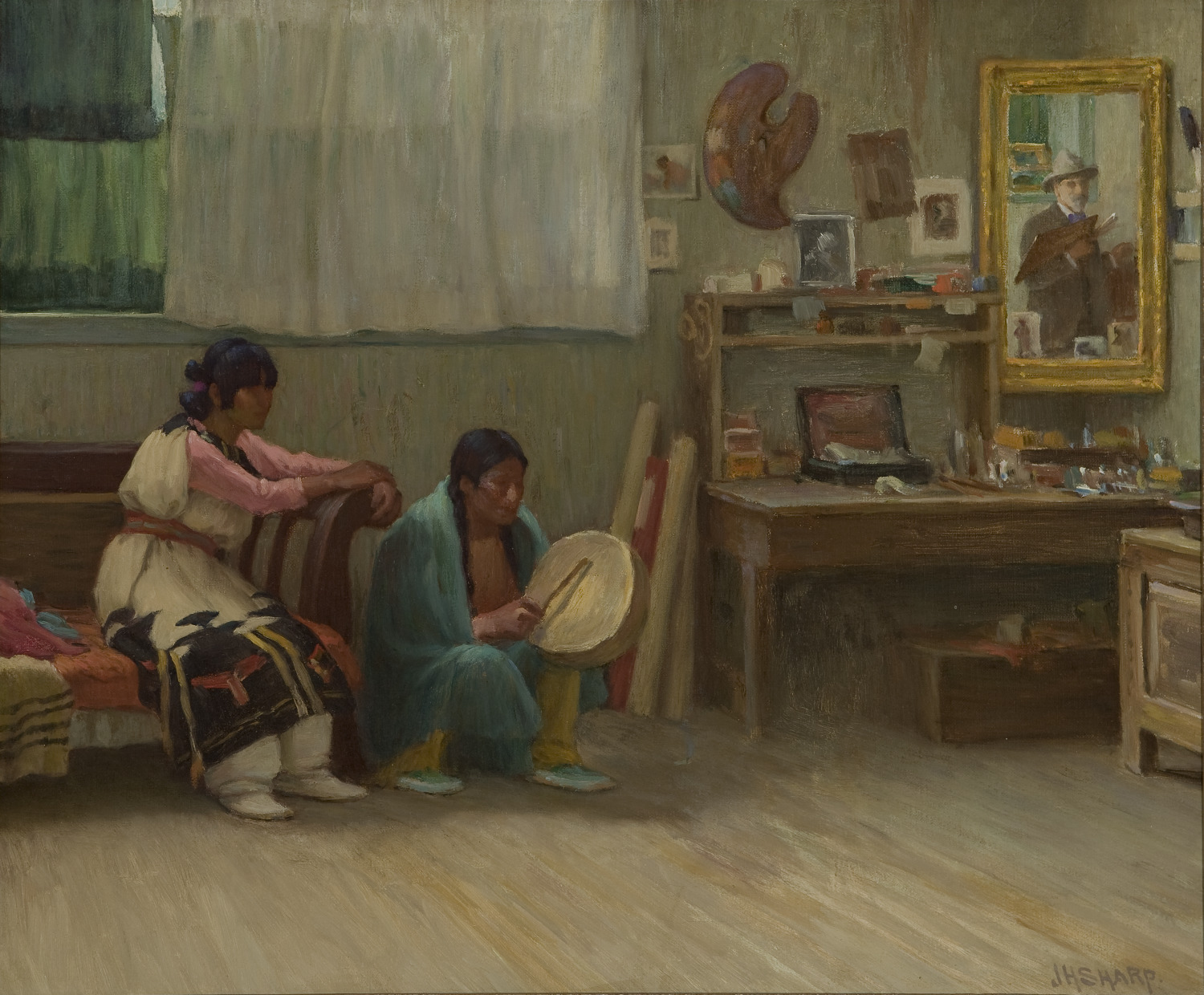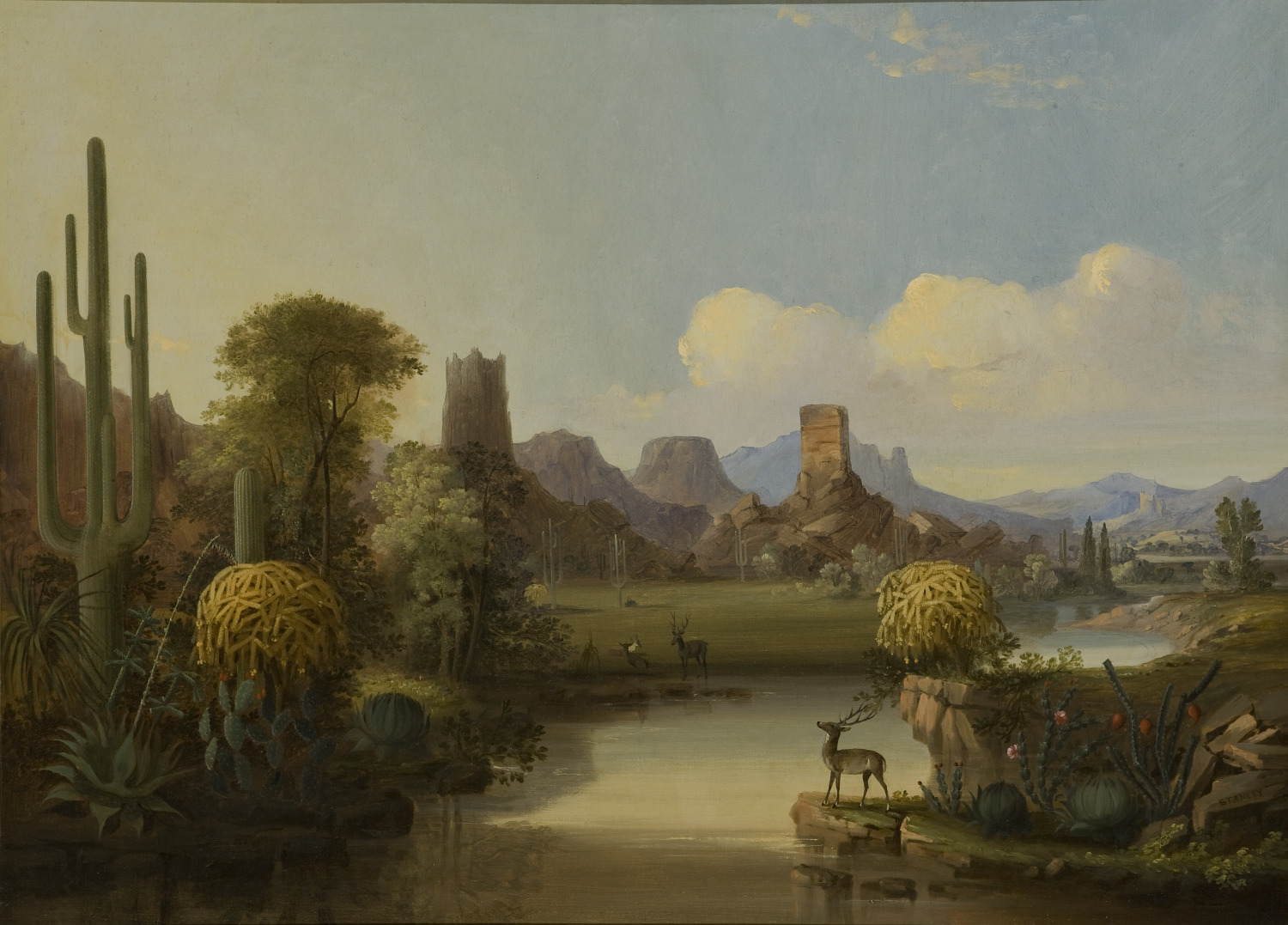In 2016, when Betsy Fahlman, PhD, joined Phoenix Art Museum as its adjunct curator of American art, she immediately focused her attention on trying to provide visitors with new ways to experience and think about the Museum’s American art collection. When the Museum received a prestigious $100,000 grant from the Henry Luce Foundation two years later, the opportunity arose to finally overhaul and realize various interpretation efforts once and for all.
“I knew I could not make immediate changes to the types of works in the collection, which largely represent perspectives of European-American male artists who worked in the 19th and 20th centuries,” Fahlman said, “but what I could do was offer and make space for new perspectives on what those artworks acknowledge, what they neglect to portray, and what they provide from a historical standpoint. I thought, ‘Okay, how can I get more diverse voices in here?’”
This fall, the Museum will premiere Reframed, a new and ongoing project that invites artists and scholars within our community to contribute their perspectives and knowledge on works in the Museum’s American art collection. The idea for this particular initiative came to Fahlman years ago when she visited the Detroit Institute of Arts.
“I remember at the time, they had European-North American art of the continental U.S. in their galleries,” she said. “One of the Hudson River School landscapes had an Indigenous person in it, and next to the painting were three interpretations—one by the American art curator, one by the European art curator, and one by the Native American art curator.”
The Hudson River School was a group of New-York based landscape painters that emerged in the 1800s and included artists such as Thomas Cole, Albert Bierstadt, Frederic Edwin Church, and Asher B. Durand. To members of the School, the wild and sublime natural landscapes of the United States were meaningful subjects. Their lush depictions, at once realistic and imbued with symbolism, sought to present the beauty and grandeur of American scenes untouched by industrialization. However, they also served to document westward expansion and reinforce the concept of Manifest Destiny.
After Fahlman experienced Color Riot! How Color Changed Navajo Textiles at The Heard Museum in 2019, and with the Luce funding secured, the pieces for Reframed began to fall into place. Fahlman asked Color Riot! exhibition curators Velma Kee Craig and Ninabah Winton, both of whom are Diné (Navajo), to share their interpretations on American and Western American artworks on view in the Museum’s North Wing. They selected works by Joseph Henry Sharp, Diego Rivera, Albert Groll, Raymond Jonson, Willard Franklin Midgette, and others, and now, beginning in October, their commissioned labels will appear alongside the artworks they chose to interpret.
Fahlman additionally asked local poet Anna Flores to contribute to Reframed after hearing Flores present a poem as part of Museum programming on Indigenous Peoples’ Day. Flores’ poem entitled “1492” will also appear in the galleries this October, accompanying a painting depicting Christopher Columbus before the Council of Salamanca by William Henry Powell.
For Winton, who is a current Andrew W. Mellon Fellow at The Heard Museum, participating in the Museum’s Reframed initiative was important to her not only because of the impact it could have on young people from groups that have historically been marginalized and often feel overlooked in museum spaces, but because of the implications the program has for the entire community.
“I think the big point of this work is to give people from different cultures and especially people of color the access and ability to interpret things through a different lens,” she said. “I am really excited about the fact that I can bring in my own culture and history to these works because Indigenous viewpoints have either been glossed over or minimized throughout the centuries.”
Craig, who is a Navajo weaver and former Andrew W. Mellon Fellow at The Heard Museum, agreed.
“I think mine is a very underrepresented community, and any time we can get our voices out there, it’s beneficial for the whole,” she said. “There’s a lot of value in hearing interpretations of things or hearing points of view from diverse groups.”
“The three writers wrote from the heart and from personal experience,” Fahlman said when reflecting on the work of Winton, Craig, and Flores. “Velma and Ninabah wrote a series of essays that were grounded in memories of their families and times of gathering. They addressed topics such as sheep—which are profoundly personal to the Navajo, with deep roots in their history and ongoing traditions—and the rodeo, weaving, and the sere landscapes of Arizona. And their work is animated by the stories they heard from their elders while growing up, which are an important part of their lives.”
On “1492,” Fahlman said she was truly moved by the poem.
“It reminds viewers that painful histories have sharp contemporary resonances and consequences,” she shared.
As for the future of the Reframed project, Fahlman hopes to continue commissioning labels by community members and scholars from underrepresented groups.
“It’s important to keep adding necessary voices to the conversation,” she said. “I want more and more members of our community to visit the Museum and be able to recognize themselves here in some way.”
Enjoy this preview of wall labels from the Reframed project, and be sure to look for others when you explore the Museum’s American art galleries this fall.

